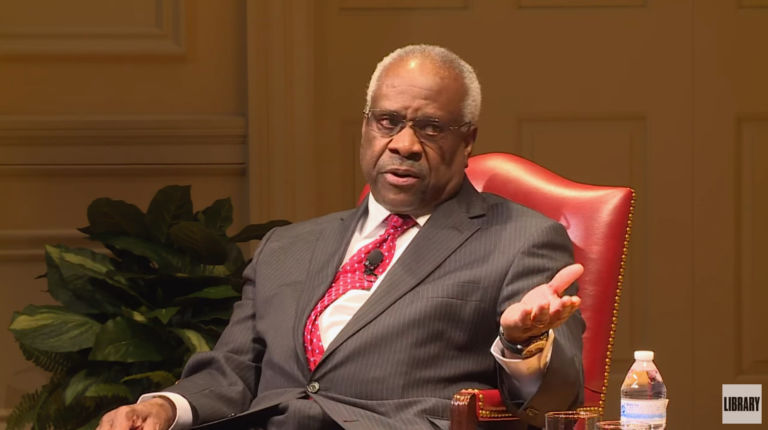According to the conventional view, by making it easy for people to exclude alternative points of view and live inside internet “bubbles,” social media have played a significant role in “turning the nation into a polarized dystopia.” In a recent article at Cato.org, however, John Samples points out that the available research doesn’t support that view:
[S]everal studies published in 2016 and earlier indicate that people using the internet and social media are not shielded from news contravening their prior beliefs or attitudes (see the references here). In 2014, experimental evidence led two scholars to state “that social media should be expected to increase users’ exposure to a variety of news and politically diverse information.” They conclude that “the odds of exposure to counterattitudinal information among partisans and political news among the disaffected strike us as substantially higher than interpersonal discussion or traditional media venues.” A 2015 paper based on a panel design found that “most social media users are embedded in ideologically diverse networks, and that exposure to political diversity has a positive effect on political moderation.” Contrary to the received wisdom, this data “provides evidence that social media usage reduces mass political polarization.” A broad literature review in 2016 found “no empirical evidence that warrants any strong worries about filter bubbles.” Just before the 2016 election, a survey of U.S. adults found that social media users perceive more political disagreement than non-users, that they perceive more of it on social media than in other media, and that news use on social media is positively associated with perceived disagreement on social media.
Cato published a summary of a study by three economists who found that polarization has advanced most rapidly among demographic groups least likely to use the Internet for political news. The cause (Internet use) was absent from the effect of interest (increased polarization). Other studies have been more specific. Three communications scholars examined how people used Facebook news during the 2016 U.S. presidential campaign. They had panel data and thus could examine how Internet usage affected the attitudes of the same people over time. The results suggest Sunstein’s concerns are exaggerated. Both Internet use and the attitudes of the panel “remained relatively stable.” A filter bubble did not appear: the people who used Facebook for news were more likely to view news that both affirmed and contravened their prior beliefs. Indeed, over time, people exposed themselves more to contrary views which “was related to a modest…spiral of depolarization.” In contrast, they found no evidence of a filter bubble where exposure to news affirming prior attitudes led to greater polarization. …
In 2017, Cristian Vaccari surveyed citizens in France, Germany, and the United Kingdom to test the extent of filter bubbles online. He concluded “social media users are more likely to disagree than agree with the political contents they see on these platforms” and that “citizens are much more likely to encounter disagreeable views on social media than in face-to-face conversations.” His evaluation of Sunstein’s thesis merits quoting at length:
Ideological echo chambers and filter bubbles on social media are the exception, not the norm. Being the exception does not mean being non-existent, of course. Based on these estimates, between one in five and one in eight social media users report being in ideological echo chambers. However, most social media users experience a rather balanced combination of views they agree and disagree with. If anything, the clash of disagreeing opinions is more common on social media than ideological echo chambers.
Another recent study in the United Kingdom found that most people tended to avoid echo chambers. Only about 8 percent of their sample had constructed echo chambers. The authors urge us to look more broadly at media and public opinion:
Whatever may be happening on any single social media platform, when we look at the entire media environment, there is little apparent echo chamber. People regularly encounter things that they disagree with. People check multiple sources. People try to confirm information using search. Possibly most important, people discover things that change their political opinions. Looking at the entire multi-media environment, we find little evidence of an echo chamber.
Finally, another study of multiple countries found that using social media was related to incidental exposure to news, contrary to Sunstein’s view that older media promoted such unintended exposure while new media do not.


